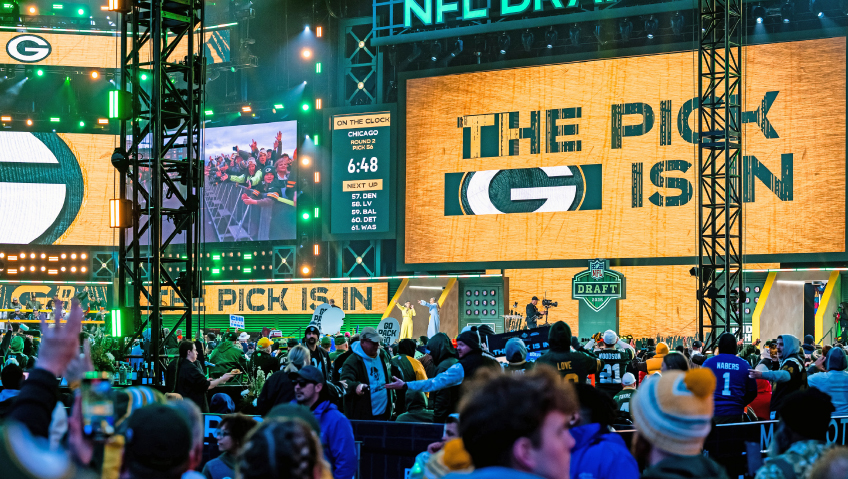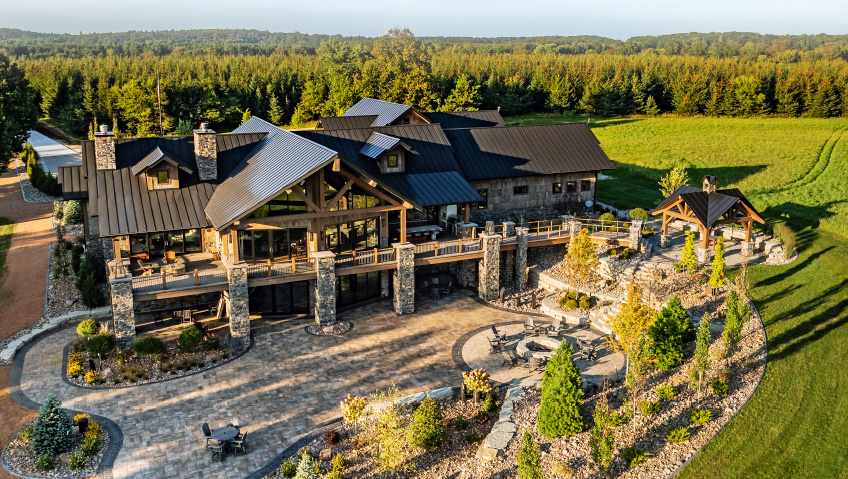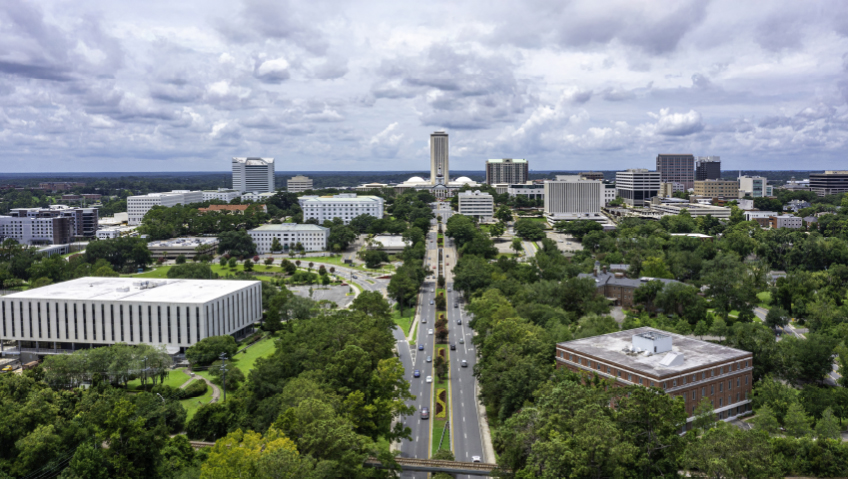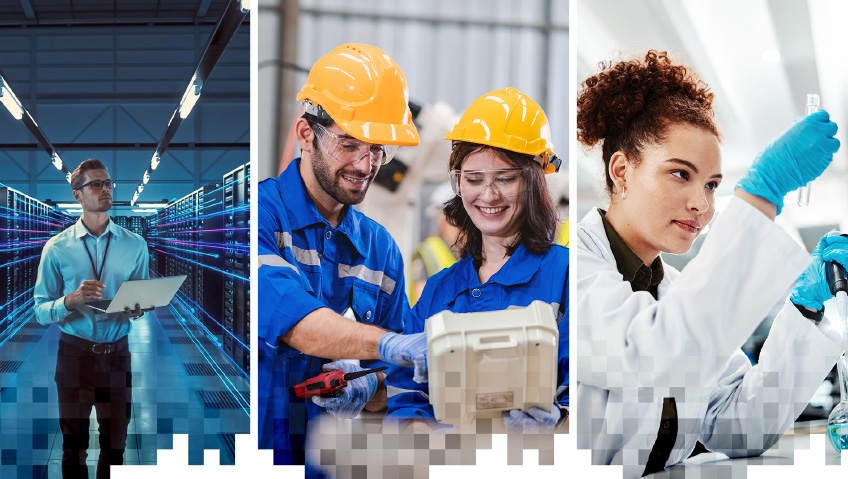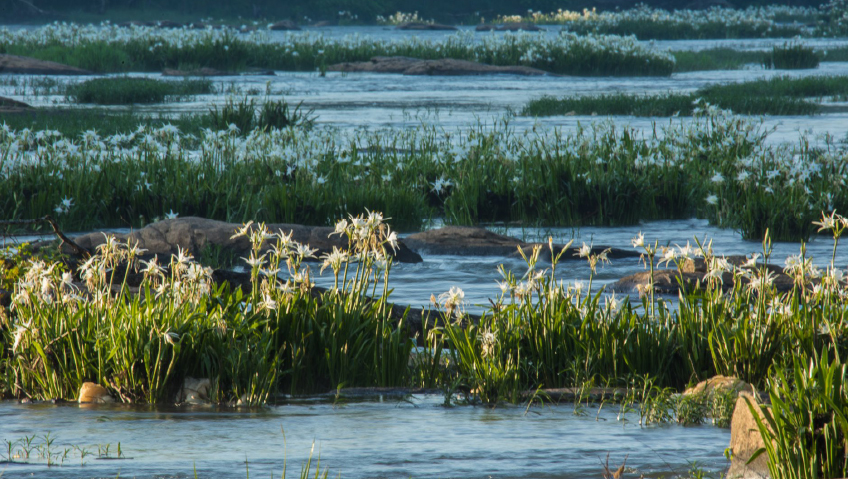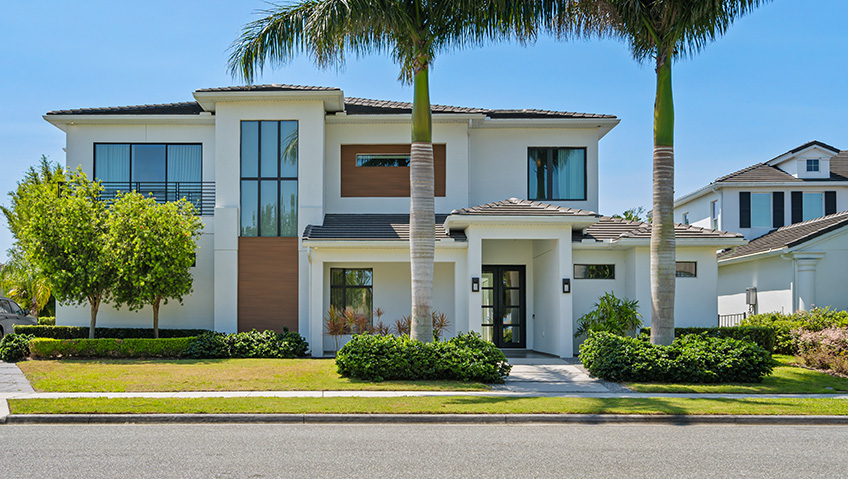Each year the City of Green Bay, Wisconsin hosts approximately six million visitors who have a multitude of reasons to visit but even more reasons to stay, thanks to continued efforts to enhance the infrastructure, civic vibrancy, and quality of life that makes it one of the best places to live in the United States.
To sustain this way of life for those who call the city home, be it for a weekend or a lifetime, the city continues to invest in its infrastructure and amenities to provide a place for everyone, working collaboratively with development partners to meet the needs of the community.
All of this was on display recently as the 2025 NFL Draft came to town. More than an opportunity to showcase the league’s best and newest talent, it was a way to shine a light on the many wonderful amenities Green Bay has to offer and its ability to collaboratively bring ideas to life.
A world-class host
There is no denying the impact of the Green Bay Packers on the city of Green Bay. From Lambeau to Titletown, the culture, fandom, and economic impact have certainly elevated the city, as did bringing the NFL Draft to town—an undertaking 10 years in the making. Spearheaded by the Packers organization and Discover Green Bay, the event brought in 600,000 people over the course of a few days, which, according to Mayor Eric Genrich, far exceeded expectations for attendance (and economic impacts).
“On the front end we had estimates of $20 million dollars in the region and nearly $100 million statewide here in Wisconsin. But that was with a projected attendance of 240 to 250,000 people over the course of three days,” he explains. With more than double the anticipated attendance, the economic impact to the city and state will be profound.
What is harder to calculate is the value and impact of the media exposure that was earned across the multi-day event, which the Mayor hopes gave the many attendees and viewers “a deeper understanding about what Green Bay is as a community, in addition to being ‘Home of the Green Bay Packers.’”
Many different stakeholders came together to make the event a success—especially true from a public safety standpoint, which called for extensive planning, coordination, and investment. City officials worked closely with Detroit and Kansas City, the hosts of the two previous drafts, to learn best practices to make the most of the event and maximize its impact on the community.
“Their advice was to fully leverage the event to the fullest extent possible to benefit key areas of the community, because the NFL does a fantastic job of putting on that event itself and programming it for those who are attending and the television audience,” says Mayor Genrich. “So, it’s incumbent upon us as representatives of the local community to make sure that the event benefits our community.”
And benefit the community it did. Knowing that the event was a success, even after acknowledging that it “was really a more massive undertaking than we’ve ever experienced,” it sets the stage for the future in that anything is possible.
Adding value, always
Successfully hosting an event of the NFL Draft’s magnitude initiated a sort of “mind shift” in Green Bay, as there is now a heightened expectation of what the city is capable of in terms of hosting world-class events. “Collaborating with the NFL, with the Packers, with our business improvement districts and other partners to accomplish some pretty great things has us thinking a little bit differently about the Lambeau Field campus and what kinds of events we might be able to host there,” says Mayor Genrich, who credits the new Discover Green Bay Visitors Center as “a great front door to the community.”
Beyond football, there are many other great projects underway in Green Bay. The Shipyard is a project that has been 30 years in the making and as it reaches completion, it is redefining the city’s waterfront. “A redevelopment project had gotten underway under the previous administration and since I’ve taken over, we’ve continued that,” says Mayor Genrich of the significant public investments that have been made at the site and the length of time it has taken to bring that project to fruition.
“Phase one opened in the summer of 2024 and that includes a riverfront promenade, floating docks, a kayak launch, fishing pier—a number of nice public amenities. Phase two is going to be underway at the end of this summer so that continues some of those public improvements. There’s a slip that comes in off the river in that area and on the north side of that slip we’re hoping that some private apartments break ground here later this year,” he shares.
Indeed, there is a lot of groundbreaking happening in Green Bay, especially as housing remains a priority of the city. As there is demand for every housing category from low income to luxury and everything in between, there are many projects in the pipeline to fulfill those needs. A brand-new neighborhood is underway in the city’s southeast on land donated from JBS Corporation. The city has leveraged $5 million in American Rescue Plan Act (ARPA) grant funding to support the development of streets, sewers, and necessary infrastructure as well as a new playground and urban farm concept to support the project.
The city is also working with Gorman & Company to develop a workforce housing product to address the needs of residents who aren’t eligible for low-income housing but cannot afford the luxury units under construction downtown like the New Land Enterprises project. The Milwaukee-based housing developer has commenced work on the $70 million mixed-use high-rise project, Nova Green Bay, which will convert a city-owned surface parking lot into 268 new luxury apartments and first-floor retail space. This will be the first new addition to the city’s skyline since early 2016.
The building features a third-floor rooftop swimming pool, fitness center and community room for tenants, more than 280 enclosed parking stalls for tenants, a golf simulator, a green roof, a game area, and a pet spa. Mayor Genrich calls the project “a top-of-the-line development that’s really going to raise the bar for us.”
One of the city’s tallest buildings, the home of U.S. Bank, is also getting an overhaul with market-rate housing units going in above the ground-floor bank. The largest office conversion project in Green Bay’s history, it is a fine example of how communities can repurpose vacant commercial space in their downtown core. “We, like a lot of other communities, are trying to figure out how you can repurpose downtown commercial space to meet those residential needs, so that’s a rehab project here that’s going to move forward very shortly to repurpose that commercial space for 66 units of housing, a really nice product in our downtown,” says the Mayor.
Something for everyone
While Mayor Genrich acknowledges the economic impact and contributions of the Green Bay Packers, noting that many people have a strong connection to the community because of their affinity for the Packers, NFL football, and the history of Lambeau, the goal is to “make room for everyone,” which is why there is such heavy investment into projects that will strengthen the draw for residents and visitors alike.
“If [people come] just for a weekend, that’s fantastic, but if it’s to move here and further their career and raise a family and ultimately retire, that’s what we’d like to see,” he says. “But we want to make sure that we have space for everybody.”

